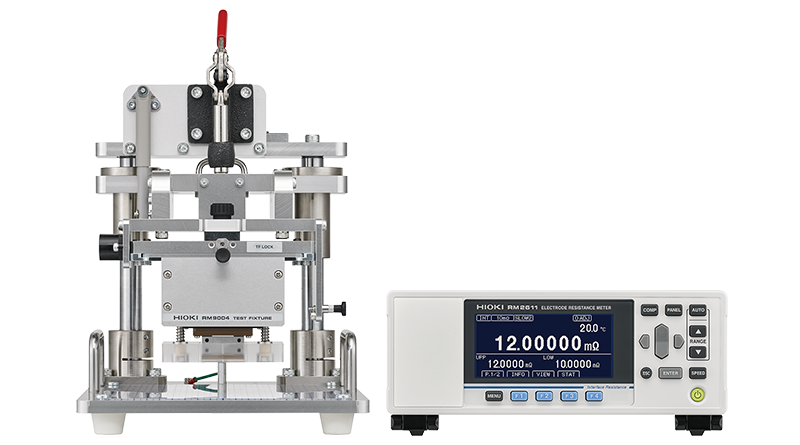Lithium-ion Battery Production and Testing
Learn how Hioki can help your Li-ion battery inspection/testing in each production process
Li-ion Battery Production Process
Mixing
Active materials, conductive auxiliary agents, polymer binders, and organic solvents are mixed together to form an electrode slurry.
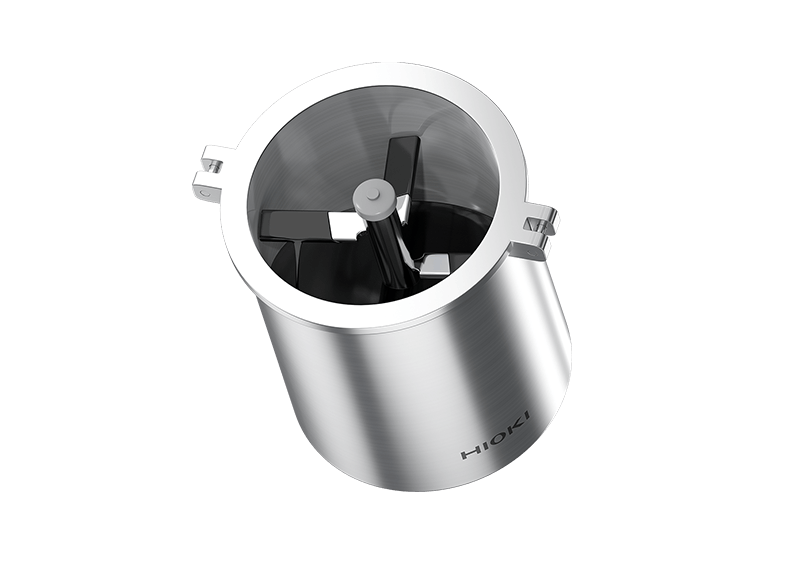
Coating, Drying, and Calendering
The electrode slurry is coated to copper and aluminum foil, dried, and calendared.
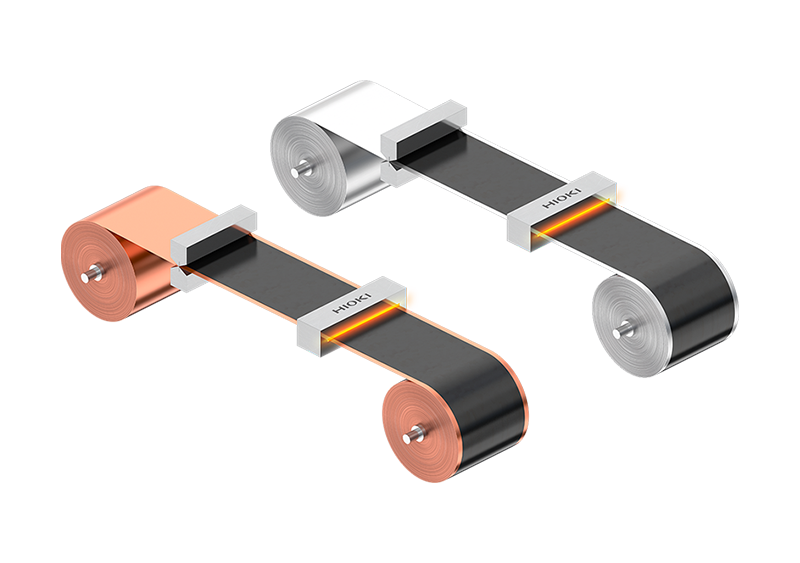
Slitting
The electrode sheets are slit to each battery size.
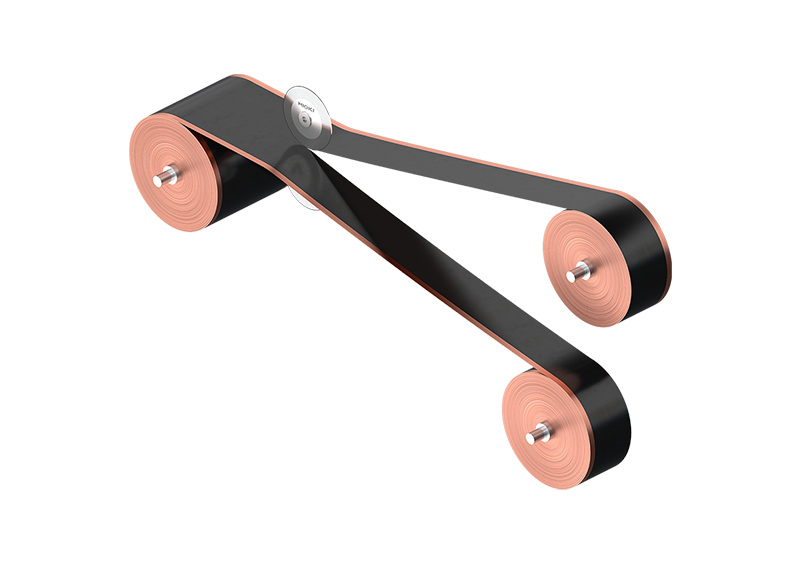
Winding or Stacking
A separator is inserted between the anode and cathode electrode sheets, and the electrode sheets are wound or stacked together.
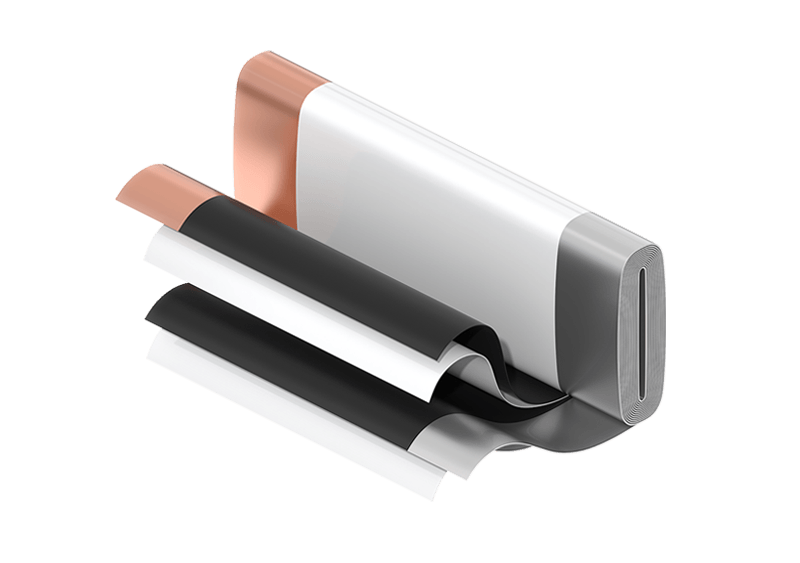
Tab Welding
The tabs of the layered electrode sheets are welded together, and collectors are welded to the tabs.
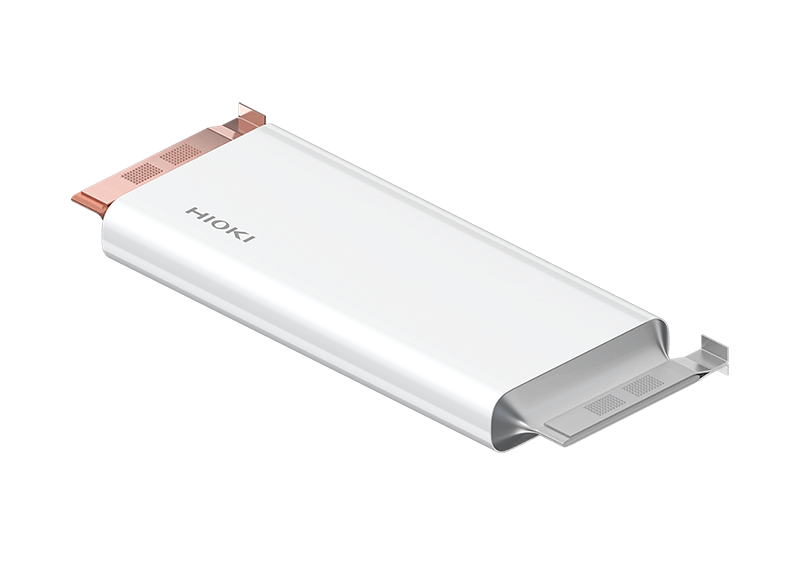
Terminal Welding
The covers and collectors are welded together.
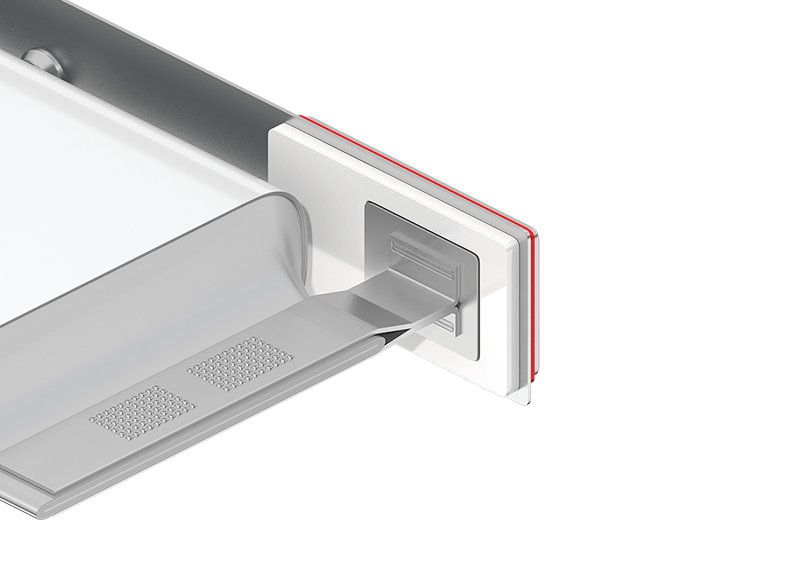
Assembly
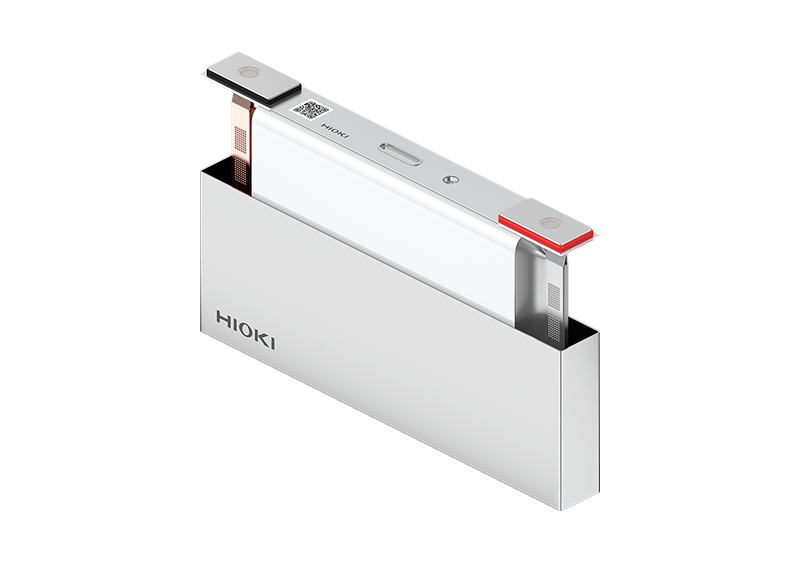
Case Closing
The covers and cases are welded together.
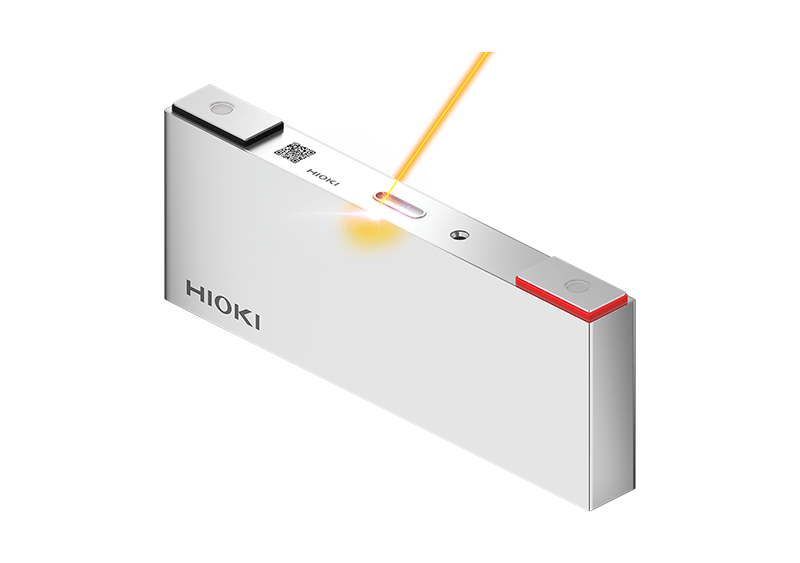
Before Filling
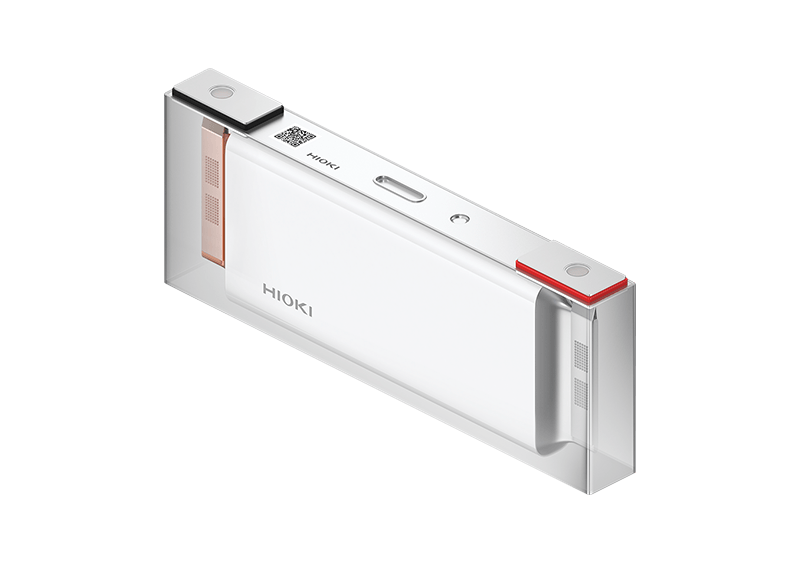
Electroyte Filling
Electrolyte is filled via the electrolyte port.
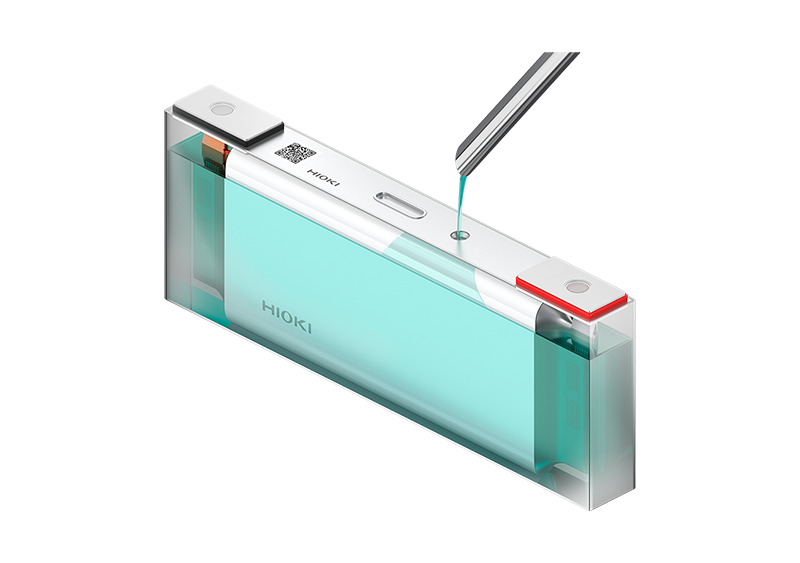
After Filling
The electrolyte port is closed.
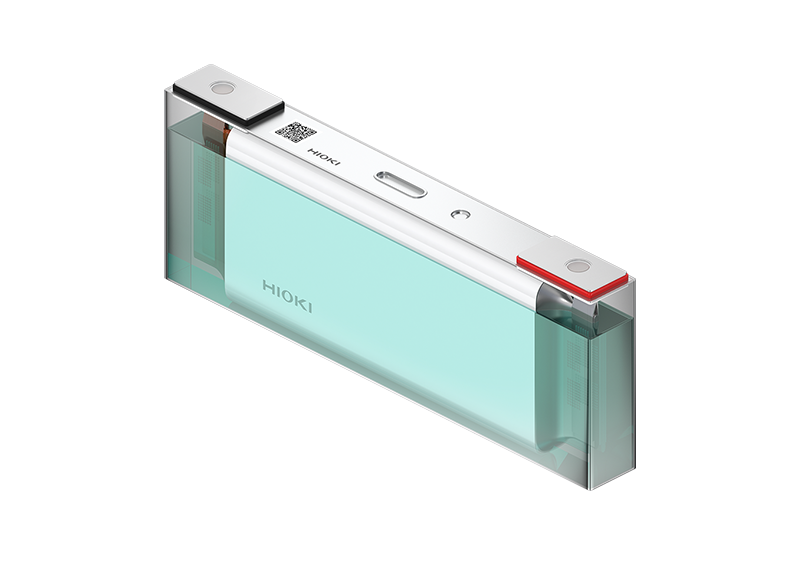
Pre-charging
Following electrolyte fill, a charging current is fed to the cells for the first time.
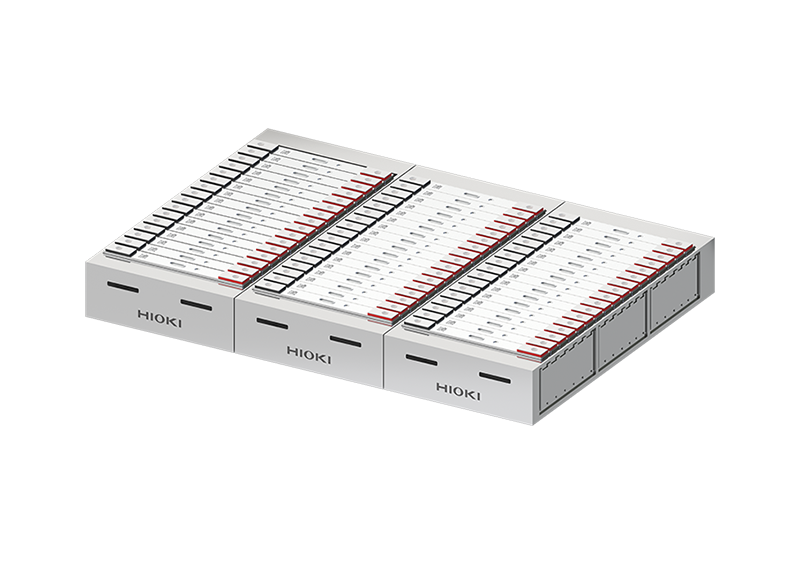
Charging and Discharging
The cells are repeatedly charged and discharged.
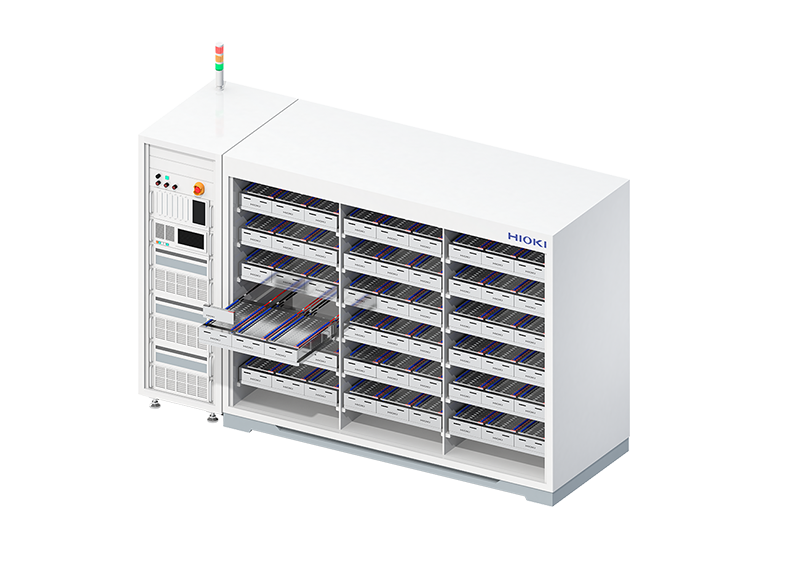
Aging
The cells are stored for a certain period of time.
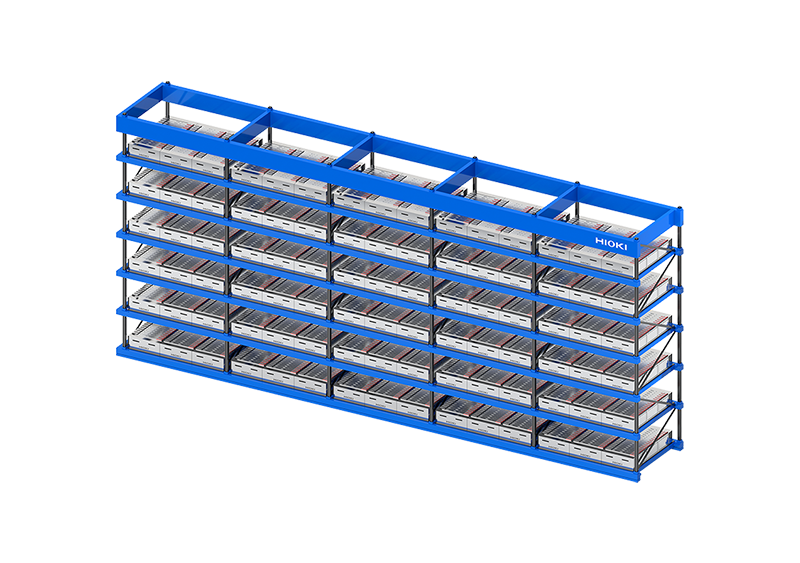
Pre-shipment inspection
Quality is tested prior to shipment.
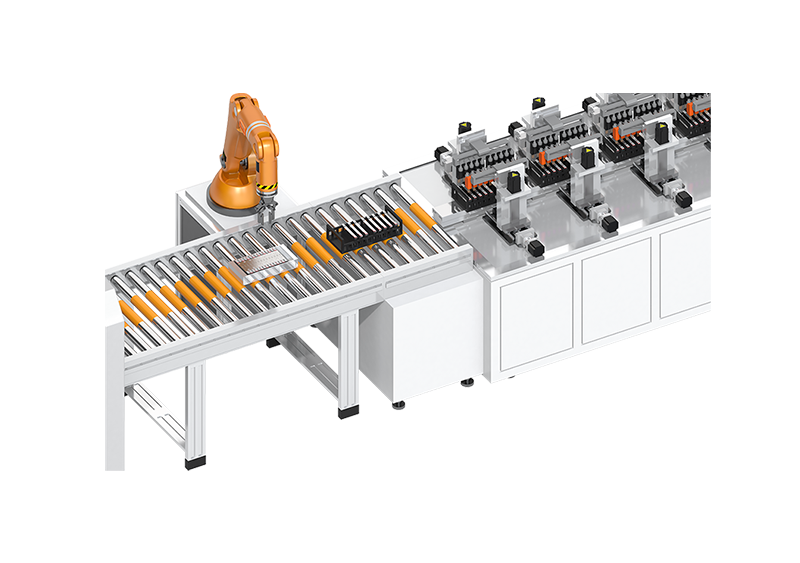
Li-ion Battery Inspection and Testing Methods
Lithium-ion Battery Insulation Resistance Testing
Structurally, it’ s necessary to keep the anode and cathode electrodes, as well as the electrodes and enclosure (case), insulated from each other. Failure to keep those components properly insulated—in other words, insufficient insulation resistance - could lead to a risk of ignition or fire accidents.
- BATTERY INSULATION TESTER BT5525

- INSULATION TESTER ST5520

- SUPER MEGOHM METER SM7110

- SUPER MEGOHM METER SM7120

This type of testing measures the insulation resistance between battery cells’ anode and cathode electrodes, and between the electrodes and the enclosure.
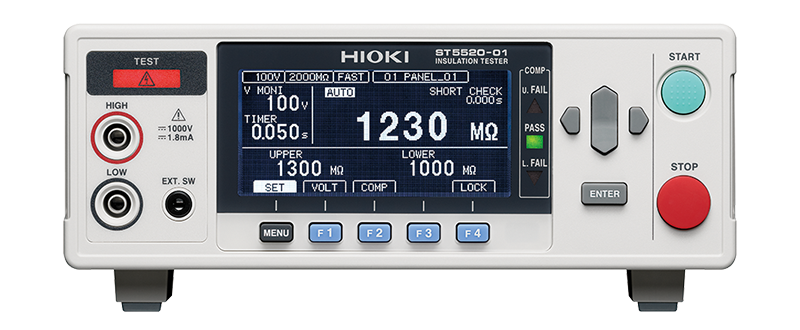
Lithium-ion Battery Weld Quality Testing
If welds connecting tabs, collectors, and other battery components are insufficient, resistance between components will increase significantly, resulting in electrical energy loss and battery overheating. Such heating can reduce the battery’ s service life or cause fire.
This type of testing measures the resistance between welded components.
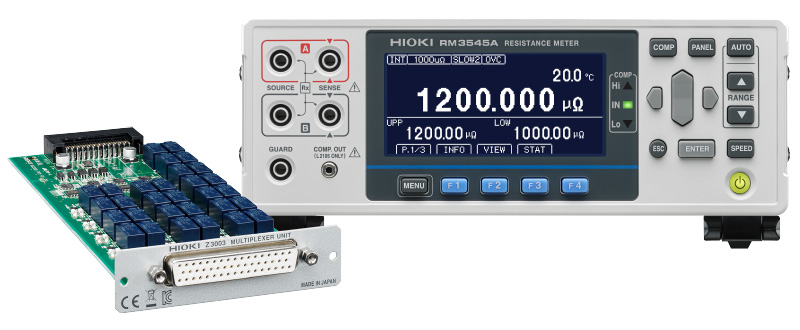
Charge/Discharge Testing of High-Voltage Batteries
Voltage and temperature are recorded during the charging and discharging test process in order to monitor changes in battery state. Recorded data is then analyzed to detect defects and rank batteries.
This type of testing records fluctuations in battery cells’ voltage and temperature across multiple channels.

Lithium-ion Battery Internal Resistance Testing
Although batteries’ internal resistance would ideally be zero, internal resistance exists due to a variety of factors. Internal resistance increases as a battery degrades.
This type of testing measures battery cells’ internal resistance.
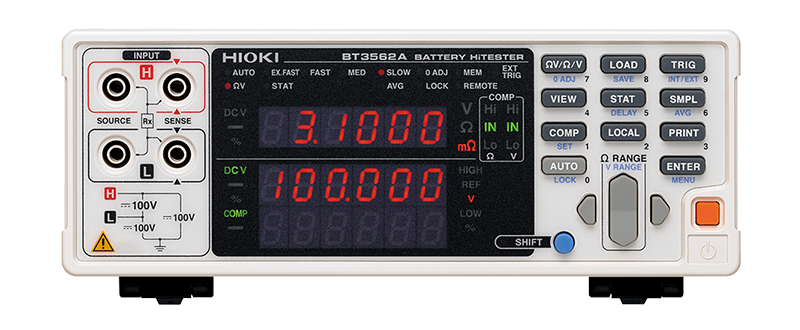
Lithium-ion Battery Open-circuit Voltage (OCV) Testing
A battery’ s voltage when it is not connected to any load is known as the open-circuit voltage (OCV). OCV values gradually decline due to self-discharge, a characteristic of batteries. When a battery has an internal defect, self-discharge increases, causing the OCV to decrease beyond the defined value.
- PRECISION DC VOLTMETER DM7276

- BATTERY IMPEDANCE METER BT4560

- BATTERY HiTESTER BT3561A

- BATTERY HiTESTER BT3562A

This type of testing measures battery cells’ open-circuit voltage.
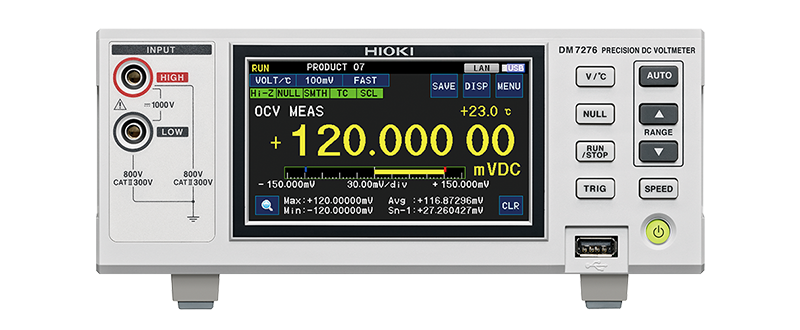
Reducing testing times with multichannel measurement
Testing times can be reduced by increasing the number of measurement channels, helping shorten lead times.
The DM7276, BT3562A, and BT4560 support up to 264, 132, and 72 channels, respectively. In addition, the SW1002 can connect to two different instruments, and the switching between them can be done automatically.
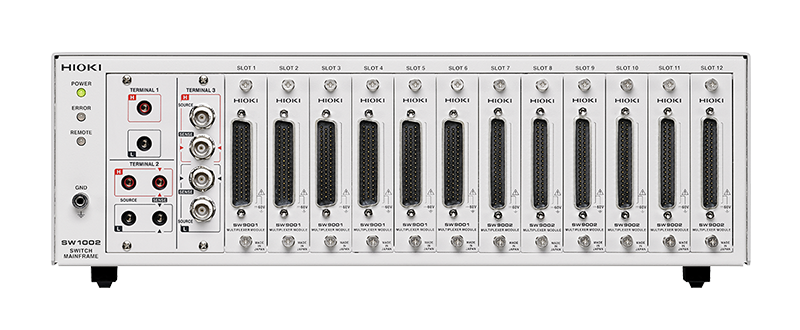
Managing electrode sheet manufacturing quality
To produce electrode sheets with favorable characteristics, manufacturers study materials, composition, and manufacturing conditions based on two indicators: the composite layer resistance and the interface resistance between the composite layer and collector.
The system allows users to visualize those two quantities by measuring the surface of the electrode sheet with a test fixture that consists of an array of test probes and then using proprietary analytical.
